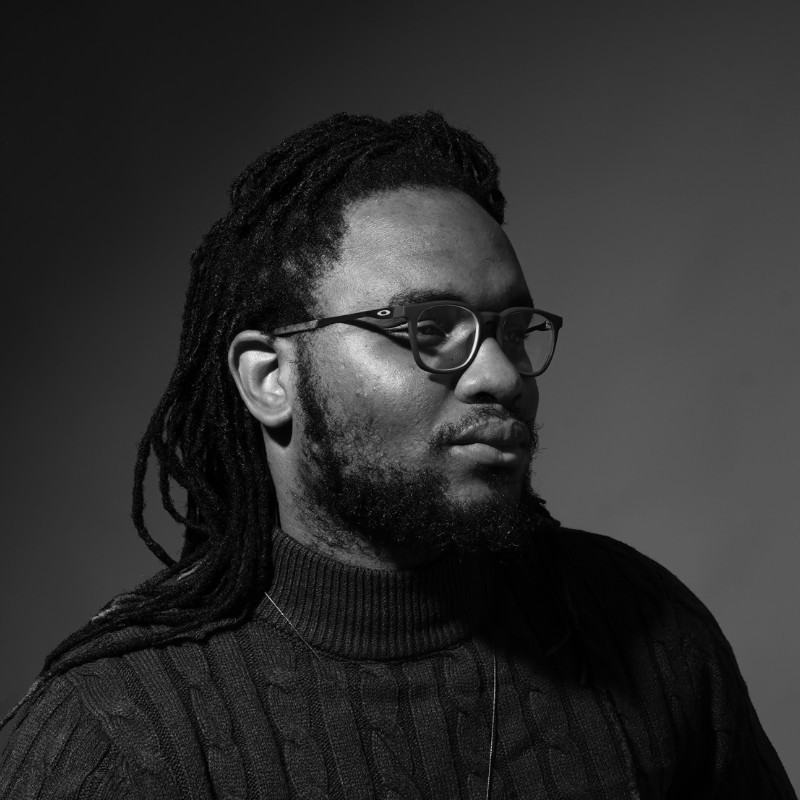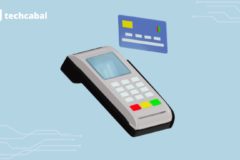
“Based on my experience, I know that most products start from architecture and design” – Clement Hugbo.
Clement Hugbo is the CEO of Web3D and Crevatal. A product designer and an engineer with experience working with organisations like Index Coop, Nestcoin, Polygon and Bundle, he talks about his desire to showcase product designers and how he is leveraging his personal relationships to achieve this.
What inspired the decision to work in blockchain technology?
Before I became a product designer, I was an enterprise resource planning (ERP) consultant and developer at IRSL Logistics. We used the Systems Application and Products (SAP) to manage the daily business activities of organisations like Dangote and the Nigerian National Petroleum Corporation (NNPC). One of the key things that attracted me to Web3 was that it is based on an open technology where consumers have more control over their data. This appreciation of data comes from my time managing asset control, risk management, and process control for large organisations.
My experience as a designer opened my eyes to the limited opportunities a designer has to showcase their value. I realised quickly that blockchain technology is the most prominent way to create an avenue for designers to get access to a network of opportunities. The speed and ease with which anyone can use this technology to showcase their value are fascinating.
How were you able to combine your job at Nestcoin and your role as CEO for both Web3D and Crevatal?
It has not been an easy ride juggling these roles. Before I started my career in technology, I used to work in ministry; it’s common knowledge that there is a lot of multi-tasking in the church. In my 3 years in ministry, I had to perform different roles for the church. This gave me an insight into balancing many things at once.
Blocasset’s audience is very niche, the product only serves designers in the Web3 space. What inspired you to develop it?
Blocasset started as a personal project. The idea came from my experience designing Web3 products. One of the problems people faced at the beginning of blockchain adoption 5 years ago was the lack of user experience using blockchain products. For me, the biggest challenge when designing products for the blockchain was that it was pretty tough to get pre-stock assets for my designs.
As a designer or frontend developer in Web3, one thing that is demanded of you is speed and urgency. A lot of companies in Web3 are startups, and this means investors are on the necks of the CEOs and stakeholders to get things in motion. This pressure often trickles down to the team and makes it imperative for team members to be conscious of speed when building.
The lack of pre-stock assets that focus on Web3 made it very difficult for me to ship products quickly. Even major platforms like Iconscout and Lottify didn’t have these assets all the time. To be fair, it took me years to be able to build Blocasset, and this was after realising that a lot of designers shared in my struggle. It made a lot of sense to build Blocasset because we want to solve the problem of not having enough design assets in the Web3 ecosystem. We also want to help creators and designers get more access to clients and financial value by ensuring that designers are instantly paid in crypto for any asset they create on our platform.
Can you explain the process for designers to earn money with Blocasset?
The process of earning on Blocassets is quite straightforward. One of the challenges that we noticed with platforms like Iconscout, despite being excellent products that inspired our journey, was that creators could only access their money after a long period. The waiting period ranges from 1 week to 12 weeks. We used blockchain technology to ensure those creators on our platform can access their proceeds almost immediately. A designer only needs to connect their wallet to Blocasset, upload their asset, and enter a price based on MATIC and ethereum. We are also looking at adding stablecoins in the future.
How were you able to secure funding from Polygon?
My experience has allowed me to have the privilege of networking with a couple of top guys in the Web3 space. I leveraged this network to explain the importance of a product like Blocasset. Having worked with Polygon on numerous projects, it was easy for us to secure a partnership with them and trust in what we are building.
What problems have you faced in building Web3D?
Our biggest challenge so far has been expansion. We are not exactly a money-making machine, and that makes it difficult for us to make people understand the importance of what we are doing. Securing finance has been challenging because there isn’t a definite return on investment owing to the novelty of what we’re doing. This niche market space also has its perks because the folks at Polygon quickly grasped the importance of our current mission.
We have also struggled with acquiring a big customer base. A lot of people still don’t understand the importance of our product; our market reach is limited to designers or products that focus on design.
What impact has Blocasset had so far?
The only way for us to get the full use case for Blocasset is through Papayas Studio. We started Web3 because of Papayas Studio and when we launch, it will impact how Blocasset will be used.
Papayas Studio is a workstation and fully-fledged design studio where we will showcase African designers and their work. We are basically building an Andela or TalentQL for designers, and the reason we are doing this is to create networking opportunities for designers that are not currently available. We think of it as a Nat Geo Wild for designers. We will showcase a couple of stuff that they’ve done that have changed people’s lives based on the product or content.
When we launch Papayas Studio and start providing learning and showcasing opportunities to designers, we hope they will use Blocasset to create assets that will earn revenue for the designers and Web3D.
When do you intend to launch Papayas Studio?
We are currently building and our focus has been on getting something that works for designers. We will definitely launch the studio in the third quarter. Only minor renovations to the studio are holding us back. We have a host of design creators that we will showcase as part of our launch. Some of them include the CEO of OrangeVFX and the CEO of Magic Carpet.
What are the steps a designer should take if they want to be featured on Papayas Studio?
The landing page of the website that will launch with Papayas has a spot for taking information. Designers can commit to being featured in the studio by filling in their information like the products they have done, why they want to be featured, and their basic information. We want to feature senior and mid-level designers, for now, and eventually run a training program for junior designers that want to work in blockchain.
How will you train these junior designers?
We have an extension in our facility where designers can register to learn either 3D or 2D design or even product design. They will pay a subsidised amount, and after their training, we will link them to opportunities for jobs. When they get these jobs, they can now start paying us back. A bit like Lambda School, but we differ in the sense that we are not remote. Design is kind of difficult to teach online. One thing that makes creators excel is collaboration. Even Figma says that you can not create beautiful things alone.
How much has your company raised so far?
We have raised a total of $22,500. When we started, we got an initial seed investment of $15,000 and a grant of $7,500 from Polygon. The rest of our expenses have been covered by me.
Do you have other plans for funding?
We are laser-focused on building products that work right now, and we have pushed raising funds to the back of our pile. This is not to say that we are not looking for funds, but we want to be sure of the products we are building first.
First off, we are going to monetise Papayas Studio by charging a fee for anyone that wants to use the space. There is a demand for the type of services we offer. We will also generate money from the returns on our training programme.




















